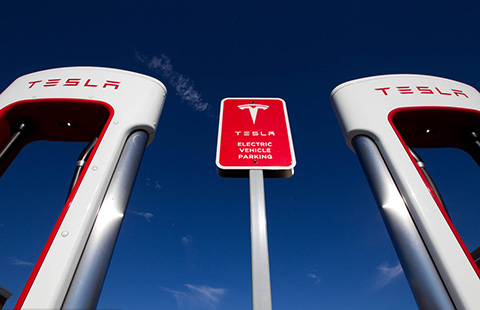Hybrid challenge for auto JV in China
By Wang Chao (China Daily) Updated: 2012-11-30 15:42Ren Yong, vice-president of Dongfeng Motor Corporation, told China Economic Times in a recent interview that a new joint-venture brand is essential for Dongfeng Nissan as it targets the low-end segment of the market.
The company's high-end model is Infiniti while in the mid-level segment it has the Dongfeng Nissan. For the low-end market, the company will come out with the Venucia, a brand developed by the Chinese joint venture Dongfeng Nissan.
By 2015, Venucia plans have an annual production capacity of 300,000 units, Ren says. The brand will use the distribution networks of Dongfeng Nissan for further growth.
"Venucia can use the services of more than 600 Nissan dealer stores, and Nissan can also use the Venucia networks after dealers are certificated," the China Economic Times report said.
Challenges ahead
Although Chinese partners want to use this new collaboration as opportunities to learn from their foreign partners, experts say it is not an easy task.
Sergio Marchionne, CEO of Fiat SpA, estimates that it would cost $1 billion to develop a new model platform, and "it will be too expensive to lose such as bet".
To achieve sufficient revenue, the annual output should be at least 6 million units for every company, and 1 million units for each platform, he said during the recent CEIBS China auto forum.
Thomas McGuckin, partner of PwC Asia Pacific Automotive Segment, says establishing an automotive brand is an extremely complex and challenging endeavor.
"Companies need to coordinate the talent, resources, technology and systems to develop and produce a quality vehicle that meets market demand."
But he still holds an optimistic view on the future of these new joint-venture brands. "The half-Chinese-half-foreign brands reflect the spirit of those joint-venture partners and their go-to-market plans. If the commitment by the joint-venture partners is true, there is no reason that these brands can't find their place and some success in the market."
Zhu Fushou, general manager of Dongfeng, says if the Venucia had carried the Nissan tag, it would have been possible to charge the customers a little bit more in the short term. "But over the next 50 years, there will be hardly any Chinese involvement in the R&D process, while the foreign brand will go from strength to strength in China."
According to officials from Guangqi Honda, officials, the biggest challenge for Chinese companies is the lack of R&D expertise and the ability to build a strong brand.
Yet there is a possibility that these new brands may also cause friction within the existing joint ventures, feel experts.
Take Chang'an Automobile for example: besides of its joint venture with Ford, the company also produces its own independent brands. The similar positioning and pricing strategies will definitely put them in competition against each other.
"We have to decide which segment we are going to compete and which product will be right for this segment," Hinrichs says. "We know Ford can go to a lower price point, so we believe we can afford products in the lower price point and the higher price point."
But the partners also have to sort out the intellectual property rights on the new brands, yet another sensitive issue. The recent case of Volkswagen accusing its joint-venture partner FAW of using its engine and gear box technologies during the latter's new brand development is a case in point.
- Vanke A Shares slump by daily limit
- Asia-Pacific head of SAS bullish on China
- China makes bold entry into LatAm health market
- Biopharma, healthcare stocks set for Q3 bounce
- Internet + big data = better service
- Hongkong and Shanghai Hotels preparing to pass the test of time
- Brexit effect eases, rebound likely
- Huaxia Finance CEO wants to give hope to small companies


















